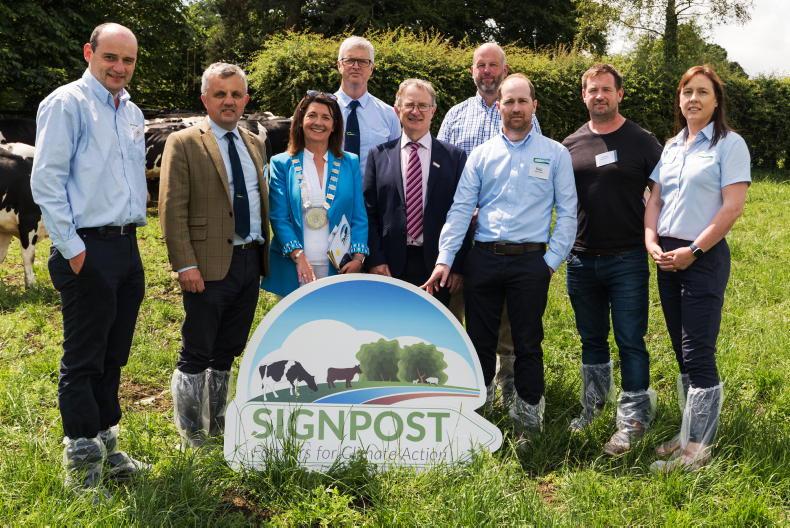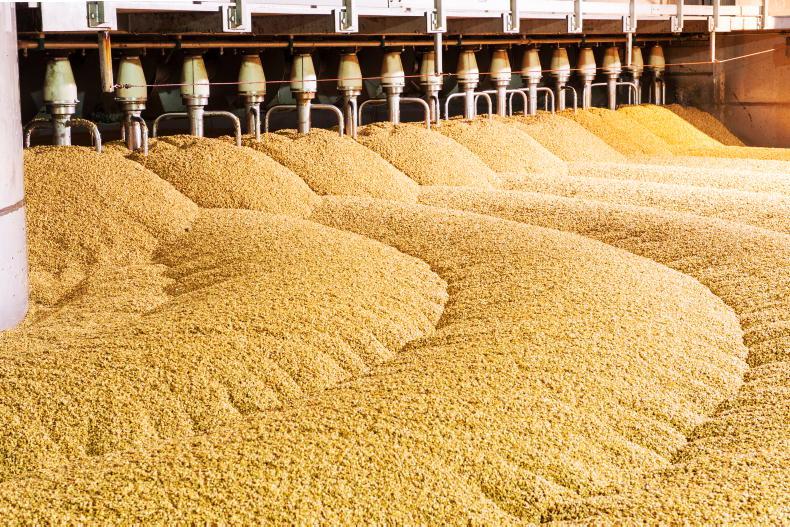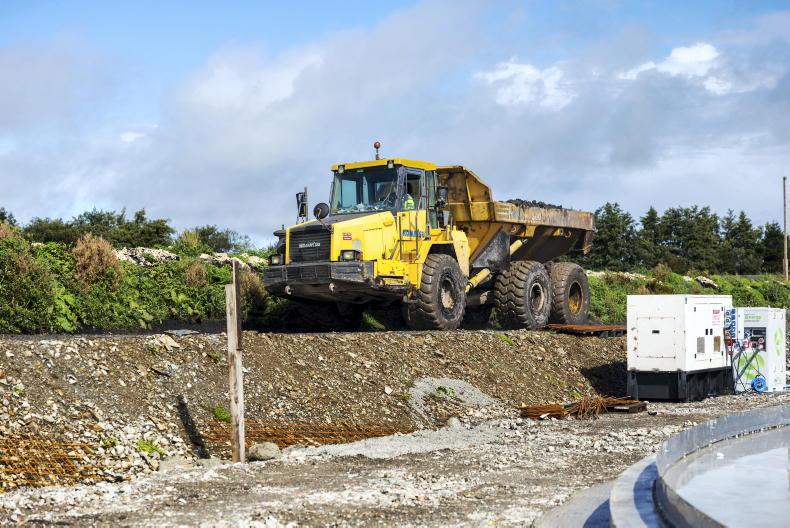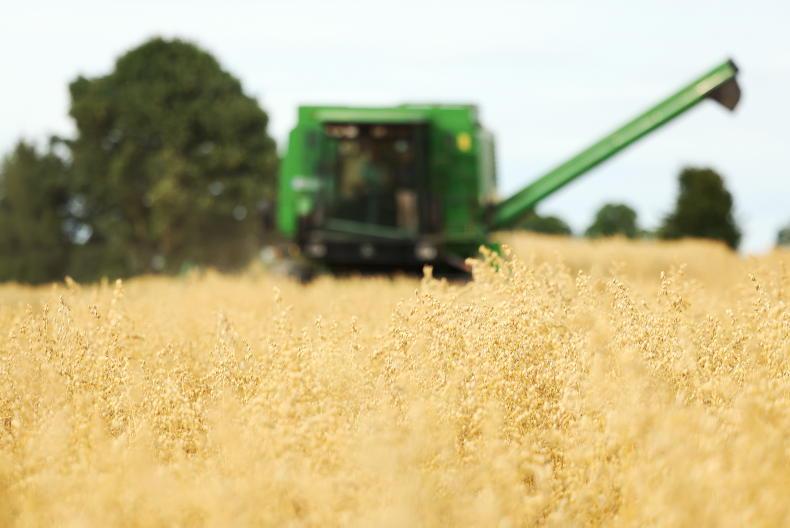The focus of EU carbon farming initiatives should not solely be to sequester carbon, but to do it in a way that benefits other aspects of the environment, such as increased biodiversity and improved water quality, IFOAM Organics Europe has said.
Such a multi-dimensional approach to carbon farming would leave organic farmers well-positioned to take further action to take carbon from the atmosphere whilst benefiting nature, the EU organics group has suggested.
The group has stated that organic production should be recognised a carbon farming practice by the European Commission along with practices like agroforestry in the group’s position paper on the topic.
“Practices that are common in organic farming are already contributing to higher soil carbon stocks on organic farms while providing benefits for soil health, water quality and biodiversity protection,” according to president of IFOAM Organics Europe Jan Plagge.
The Commission has already cited afforestation, catch cropping, peatland rewetting and the targeted conversion of cropland to fallow ground as examples of carbon farming practices.
Safeguards needed
IFOAM Organics Europe said in its position paper that carbon farming initiatives that do not include objectives beyond carbon removals “could lead to incentives counteracting biodiversity and animal welfare objectives”.
These trade-offs should be prevented by a systematic framework which addresses the dual-objectives of biodiversity and climate action.
European projects
The EU currently co-finances carbon farming projects under the LIFE Carbon Farming Scheme and the INTERREG Carbon Farming project under European Regional Development Fund.
The LIFE Carbon Farming Scheme aims to promote a “well-functioning voluntary carbon market” by developing incentive structures for carbon sequestration through improved soil carbon stocks.
The INTERREG Carbon Farming project seeks to mitigate against the impacts of climate change while improving carbon sequestration on farmed soils.










SHARING OPTIONS